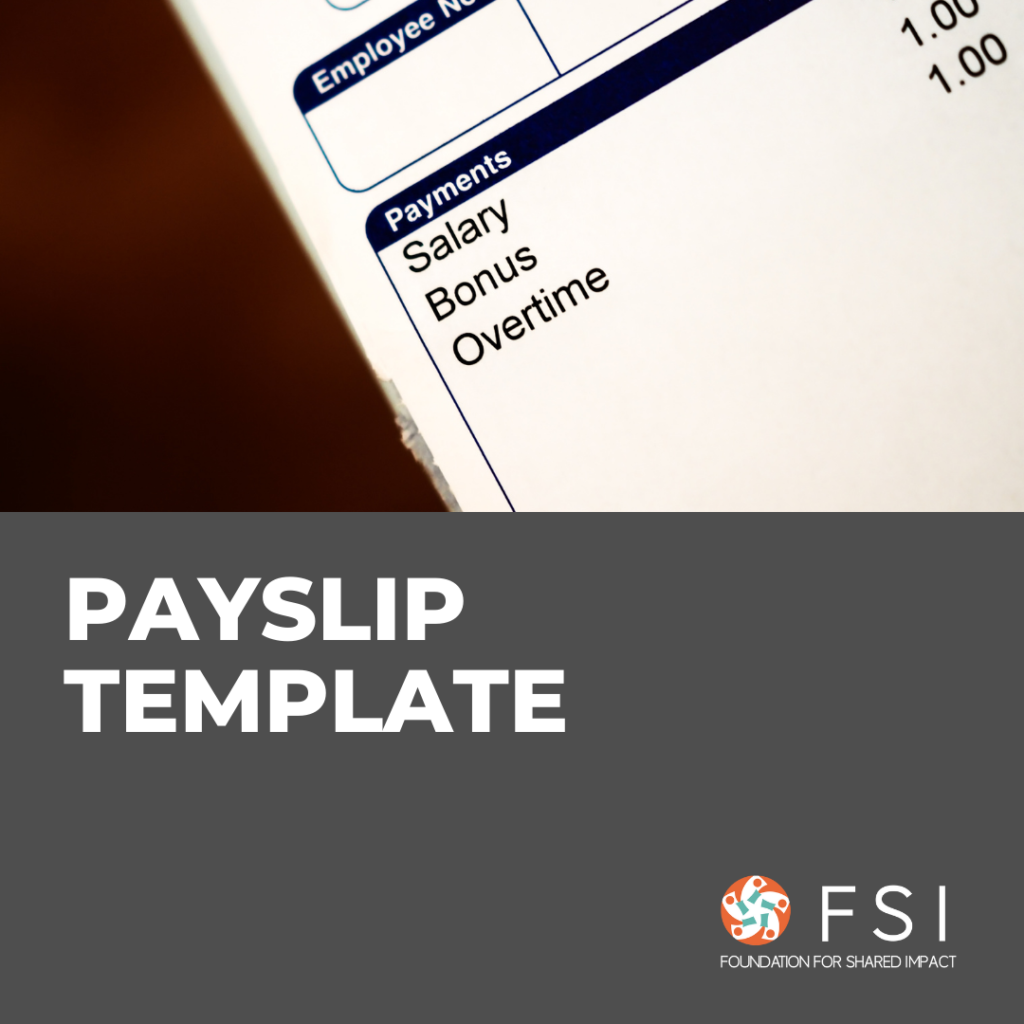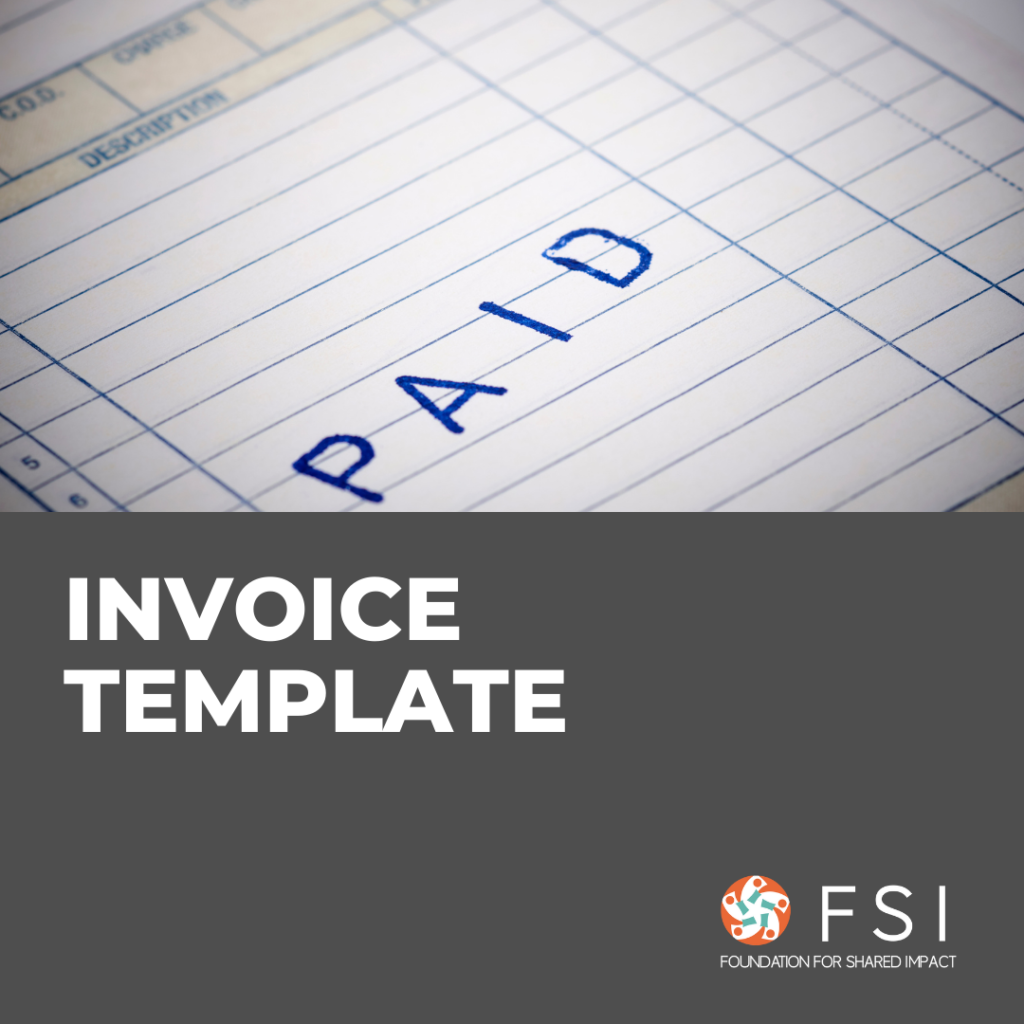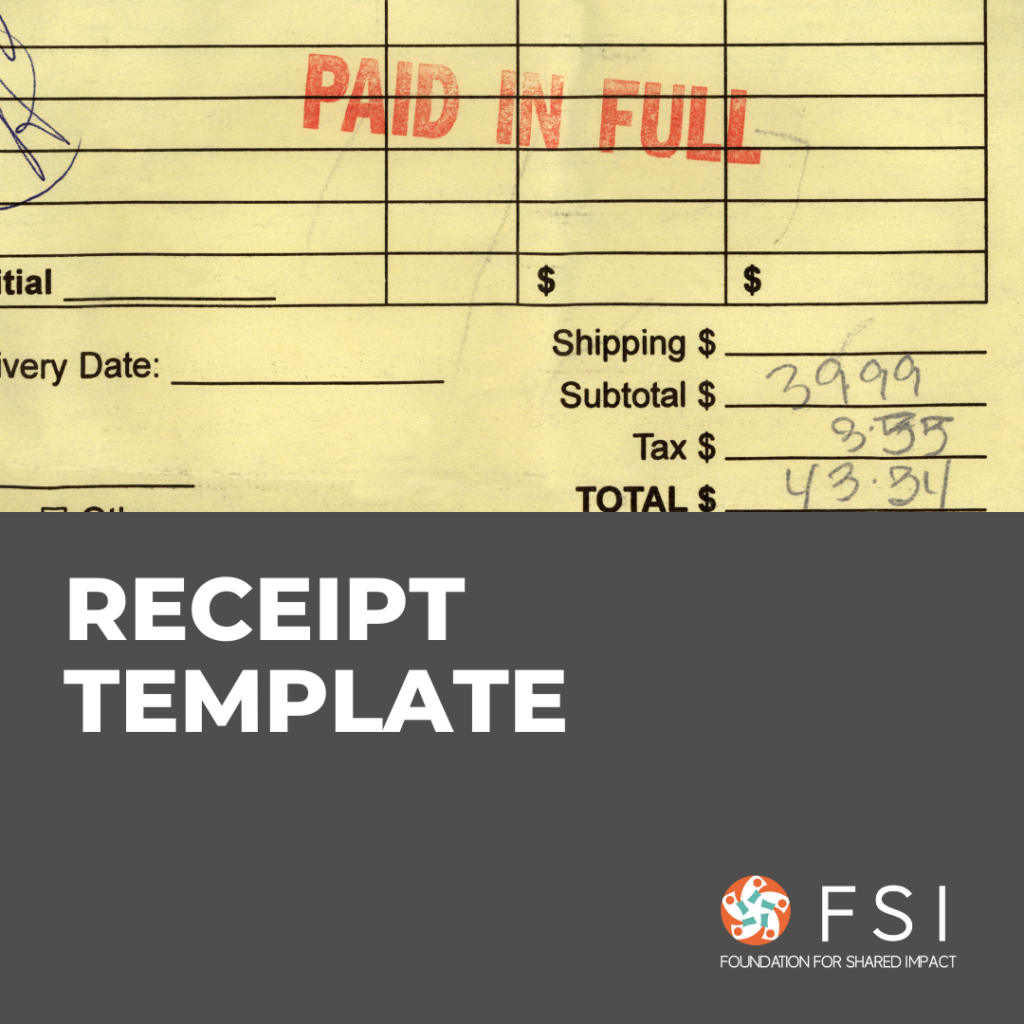Hiring a new employee?
If you are reading this guide, you must be looking to grow your team – that’s amazing!
While it is exciting to bring someone on board to work with you, there are a number of administrative and managerial issues that you should ensure you are aware of from Day 1. This is a guide for anyone who is looking to make their first external hire – we will share some tips on the hiring process itself, and we will also walk you through your obligations as an employer in Hong Kong. Make sure that you are well prepared in advance to save the hassle later!
Where and how do I find talent?
1. Write a good job description
Writing a good job description (”JD”) is fundamental for you to target and attract the right pool of candidates. Your JD may be the first instance your candidates read about your business – so make sure that your JD positively markets your company and job for the talent pool.
An effective JD should also be detailed and specific in a way that your potential candidates can easily understand the qualifications, experience, and skills the job requires. This initial targeting will also save your time later to interview the candidates that are most relevant and suitable for your position.
Read this guide by Indeed, one of the largest employment websites for job listings, on how to write an effective job description. Some key tips include:
- The job title should be specific rather than generic
- Include a summary in the beginning with an introduction to the company and the position
- Explain your company’s vision, values, and culture.
- Be specific about the job location
- Provide the outline of the core activities and job responsibilities of the position
- Provide the list of required qualifications and skills
- Include the expected salary range
- Promote the benefits of the position or the company, e.g. perks and benefits, unique traits of your company
For your convenience, we have drafted a template for JD that you can use right away! Download our free Template of Job Description here.
2. Post your job
Now with a good JD in your hand, you can post it on external employment platforms to reach out to the public! If you have someone in your mind already, you can skip this section and proceed to review your obligations as an employer as you bring the person on board.
Here are some platforms you can consider:
- Linkedin – create a Company profile to post jobs (for free, or promoted)
- Indeed – public employment platform, global
- JobsDB – public employment platform, global
- Happyer – public employment platform, focusing in HK
- WHub – Startup Community in HK where you can sign up as a startup to post jobs
In addition to the above third-party platforms, you can share the opportunity in your own channels – your business website, social media channels, and your other networks. For example, you can create a Careers/ Join-Us page like this one from Weava, an EdTech startup based in Hong Kong.
💡 Make sure that you are asking for a CV (resume) from your candidates when they apply for the job, including their contact details.
Interview your candidates
If you have identified some candidates that you find suitable for the job, you should arrange an interview (in-person or virtually) to get to know them better. The interview process is for you to not only verify the qualifications, experiences, and skills that the candidate provided in the CV, but it is also a two-way interaction for both parties to understand the core values, career vision, personalities, working style, and more of each other.
For an effective and efficient interview process, make sure you are prepared for it! Some practical tips from us:
- Review the candidate’s CV in advance
- Have your list of questions ready for your candidate
- Ask some ‘common’ questions to all of your candidates, so that you can better compare their responses
- Encourage the candidate to illustrate specific examples and details to support their responses
- Let the candidate know your expectations on the job to ensure the expectations are aligned
- Discuss salary in advance
- Make sure you are taking notes during the interview
- Be respectful and considerate – don’t forget that the candidate is also assessing you, your company, and your culture during the interview!
- Be ready to answer the questions the candidates may have on the workload, work arrangement, welfare, etc.
Here are some references to prepare your list of interview questions:
- Robert Half Talent Solutions – The Top 15 Interview Questions to Ask Job Candidates
- Beamery – The 25 Best Interview Questions (And How To Spot Great Answers)
What are my obligations as an employer?
If you have successfully identified your new hire – congratulations! As an employer in Hong Kong, you need to be aware of your statutory obligations.
The Employment Ordinance governs employment laws in Hong Kong. The legislation outlines the basic terms related to labour and employment laws in Hong Kong, spelling out the employee’s rights and duties. PS! note that hiring a “contractor” entails different processes and requirements than employing a person. For more information about such, see among others: https://www.labour.gov.hk/eng/public/wcp/SelfEmployedPerson.pdf
As an employer, below are you duties and responsibilities under the Employment Ordinance:
- Employment contract: A copy of the employment contract should be handed over to employees.
- Mandatory Provident Fund (MPF): All employees must contribute 5% of the monthly cash income to the provident fund. However, the scheme is not mandatory for some employees (see below).
- Tax forms: The Income Tax Ordinance requires employers to prepare tax forms on behalf of employees and keep payroll records for seven years.
- Insurance: All employers must obtain an Employee’s Compensation insurance policy.
1. Employment Contract
The Employment Ordinance specifies the basic terms and conditions of employment and ensures that the employee is adequately protected. There is no requirement to have a written contract, although most contracts are written. The contract may include information on the duration of the contract, appointment position, date of appointment, obligations during employment, remuneration details, work hours, probation clause, employee benefits, termination causes, and code of conduct. Employers must obtain their employee’s consent before making any subsequent changes to the terms of the employment contract.
Consider whether the employee is covered by the Employment Ordinance, and if so, whether they are employed under a continuous employment contract.
Templates and Resources
- Download the template of the employment contract we created for your use here: Employment Contract Template
- Hong Kong Government sample employment contract: https://www.labour.gov.hk/eng/public/ECsample.pdf
- Employment contracts in HK: https://www.simmons-simmons.com/en/publications/ck0aoek8cnhe20b36ekq3rtb0/01-employment-contracts-in-hong-kong
2. Mandatory Provident Fund (MPF)
Employers and employees must contribute 5% of the employee’s monthly cash income to a registered MPF scheme. However, the scheme is not mandatory for employees who are:
- Foreigners working in Hong Kong for less than 13 months
- Foreign workers covered by overseas retirement schemes
- Self-employed hawkers
- Domestic employees
- Employees covered by statutory pension
- Workers covered under provident fund schemes
- Members of occupational retirement schemes with MPF exemption certificate
💡 To avoid penalties for failing to comply with MPF legislative requirements, enroll your employees within the first 60 days of employment unless they are exempt from having to join an MPF scheme.
Also note:
- Employees making an income of HK $30,000 a month must contribute not more than HK $1,500.
- Employees making a monthly income below HK $7,000 are not required to contribute to the scheme. However, the employer must do so.
- There is a separate scale of contribution for casual employees that work on daily wages.
- Employers have to enroll their part-time employees in an MPF scheme as long as an employment relationship between the employer and the employee exists for 60 days or more, regardless of the actual number of working days and hours the part-time employees have worked.
Employers are responsible to provide for monthly pay records to all employees within a week after making the mandatory contributions. Try using our Payslip Template to notify your employees on a monthly basis.
2.1. How to get started with MPF – enroll the company with an MPF provider
💡 While not required, it is generally advised to have your MPF provider be the same as your corporate bank account. I.e., if your corporate bank is HSBC, you should consider HSBC as your MPF provider.
Sign up your company for MPF under an MPF Provider, such as:
- BEA: https://www.hkbea.com/html/en/bea-mpf-index.html (Hotline: 2211 1777)
- HSBC: https://www.hsbc.com.hk/mpf/
- Note that there are many other providers. Depending on your bank, you may check for such.
These providers generally will enable you to:
- Arrange mandatory and voluntary contributions
- Check employer/employee contribution records
- Check fund price
- Obtain forms
- Obtain product/fund Information
The legal documents you would need to provide to the MPF provider:
- Certificate of Incorporation
- Latest business registration (BR)
- Article of Association
- A written and signed board resolution (refer to this page for our Template of Board Resolution for MPF Scheme)
- If applicable, Section 88 tax-exempt charity certificate
2.2. Enroll your hired employee with your MPF provider
- More information relating to mandatory contributions: https://www.mpfa.org.hk/en/mpf-system/mandatory-contributions/employees
- More information on the coverage of employees: https://www.mpfa.org.hk/en/mpf-system/mpf-coverage#exempt_persons
Templates and resources
Bank of East Asia (BEA) (page to download forms):
- BEA TR25 – Employer Enrollment Form: https://www.hkbea.com/pdf/Form/TR25.pdf
- BEA TR207 – Employer Supplement of Details of Authorised Signatories: https://www.hkbea.com/pdf/Form/TR207.pdf
- BEA TR27 – Employee Enrollment Form: https://www.hkbea.com/pdf/Form/TR27.pdf (form guide)
HSBC (page to download forms):
- HSBC IN11 – Employer Enrollment Form: https://cdn.hsbc.com.hk/content/dam/hsbc/hk/docs/mpf/in11.pdf
- HSBC IN61 – Employee Enrollment Form: https://cdn.hsbc.com.hk/content/dam/hsbc/hk/docs/mpf/in61.pdf
3. Tax forms
💡 The Inland Revenue Department issues the Employer’s Returns (BIR56A) for the respective year on 1 April – which is due to be submitted to the Department within one month.
- Employers can electronically file the returns online through the Employer’s Returns e-Filing Services.
- If more paper IR56 forms are required, you may access the link to Public Forms to download the fillable PDF forms or submit form IR6163 to request the Department send the required forms to your company by post.
- If there are persons who are within the scope of persons that are to be included in Form BIR56A and you do not receive BIR56A by mid of April, you may contact the IRD for the Employer’s Return by completing the form IR6163.
Employers are also required to keep payroll records for at least seven years.
Templates and Resources
- Additional tax obligation considerations: https://asiabc.co/guide-to-hk/salaries-tax-of-hong-kong-employers-obligations/
4. Insurance
💡 Under Hong Kong law, all employers must obtain an Employee’s Compensation insurance policy to cover their liability in the event that their staff suffers an injury or illness during the normal course of their work. This applies to part-time, temporary, and full-time employees, regardless of the scope of employment. For an employer with 200 employees or less, the minimum amount of insurance cover per event must not be less than HK$100 million, with over 200 employees, that amount should not be less than HK$200 million. An employer who fails to secure insurance is liable to a maximum fine of $100,000 and imprisonment for two years.
There are numerous agents and providers that can help set up employee insurance for your employee, such as Manulife, DBS, AIG, etc.
The documents and information generally required to get this process started are:
- Latest Business Registration and Certificate of Incorporation;
- Employee name and nature of work;
- Salary per annum;
- Nature for Company Business.
You may receive various follow-up questions to pinpoint the costs and risks of the role, such as “Does the employee need to take any outdoor work or traveling to China or any other country?”. Please also note that for renewal of Employee Compensation insurance for a respective employee, you may be required to also submit up to 12 months of MPF-related statements to the insurance provider.
Templates and Resources
- Hong Kong Labour Department FAQs page
- Guide to Compulsory Employees Insurance: https://asiabc.co/guide-to-hk/compulsory-employees-insurance/
- Guide to hiring employees in Hong Kong: https://www.guidemehongkong.com/business-guides/staffing-your-business/guide-to-hiring-employees-in-hong-kong
Additional Readings
- MPF Authority – Information page
- Robert Half Talent Solutions – The Top 15 Interview Questions to Ask Job Candidates
- Beamery – The 25 Best Interview Questions (And How To Spot Great Answers)
- Indeed – 13 Tips for Interviewing Candidates
- Guide to Compulsory Employees Insurance: https://asiabc.co/guide-to-hk/compulsory-employees-insurance/
- Guide to hiring employees in Hong Kong: https://www.guidemehongkong.com/business-guides/staffing-your-business/guide-to-hiring-employees-in-hong-kong




